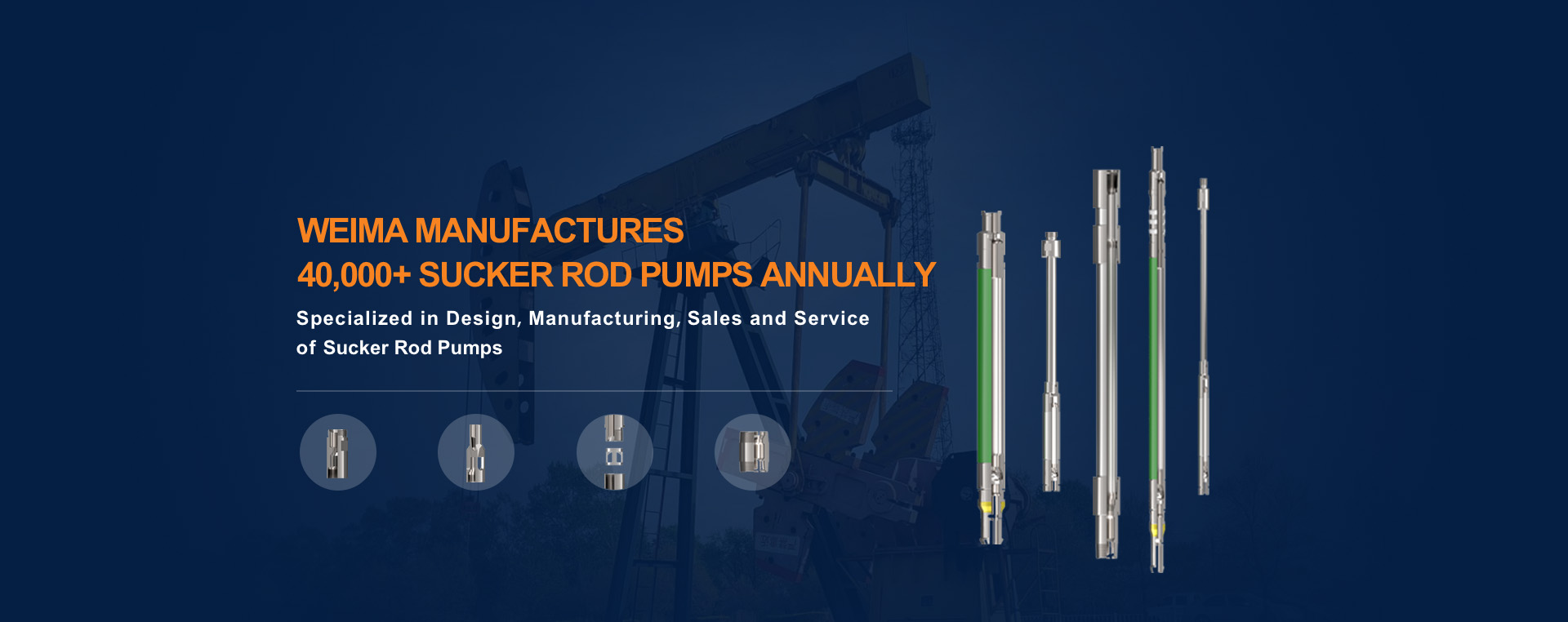Sustainable field development planning: Extending an oil field’s life

The oil and gas industry is at a crucial juncture, where sustainable field development extends beyond simple regulatory requirements. It’s imperative for operators to prioritize profitability while aligning their operational goals with environmental responsibility and regulatory standards. Companies demonstrate advanced understanding by showing that environmental responsibility leads to better operational outcomes without limitations.
An industry transformation follows a three-part framework:
Profitability - Financial performance forms the essential base for every drilling or production choice.
Regulatory compliance - Proper regulations establish operational frameworks for all stakeholders, ensuring safe and efficient development.
Social capital - A company’s social license to operate is developed through community relationships, environmental stewardship, and a strong public image.
This integrated approach has delivered quantifiable improvements to operations and stakeholder connections. For example, smart oil and gas technology deployments can reduce operational costs by up to 40%1 by streamlining processes and enabling predictive maintenance. Digital transformation continues to accelerate in the oil and gas industry,2 with companies adopting comprehensive technology strategies to enhance operational performance while addressing environmental concerns.
ENVIRONMENTAL, SOCIAL AND GOVERNANCE INTEGRATION AND CARBON MANAGEMENT
Sustainable field development now requires the fundamental incorporation of environmental, social and governance (ESG) principles. Carbon management strategies exemplify this shift. The industry has moved past considering environmental regulations as operational limitations, and it now establishes them as frameworks for innovation and efficiency. For instance, water-based drilling fluids regulations, ranging from the surface to 2,000 ft below, protect freshwater resources, while driving technological improvements in fluid management.
ESG integration also demands successful collaboration with indigenous communities. Companies that go beyond basic consultation procedures achieve meaningful economic participation, alongside environmental stewardship. Organizations that prioritize hiring indigenous personnel from local communities also tend to achieve better sustainability outcomes. These partnerships establish shared advantages, while meeting social inclusion targets and environmental conservation requirements.
Modern corporate governance structures reinforce this integration by tying executive compensation to ESG performance indicators,3 while demanding board-level supervision of sustainability projects. This approach improves capital access and operational performance.
ADVANCED DRILLING TECHNOLOGIES
The most noticeable progress in sustainable field development is evident in the advancement of the drilling technologies sector. Modern technologies enable operators to extract resources more efficiently, through precision engineering and automation.
Multi-pad horizontal drilling represents a dramatic shift. Experienced field developers understand the operational challenges of earlier methods that required them to relocate drilling rigs between separate well locations. In 2005, for many operators, one standard field development project might require several rigs to drill across multiple sites.
Various permits are necessary for each location, along with vegetation clearing, infrastructure setup, well drilling, pipeline installation and vegetation restoration, which comprise the complex logistics process.
Today, technology-driven PAD drilling processes significantly improve the efficiency of field development resources. This is achieved through cost effectiveness, shorter project timelines, reduced environmental footprint and an increased return on investment, all in the broad context of sustainable field development practices.
The current operational framework generates higher outcomes through unique operational methods. Achieving production targets that previously required several rigs can now be accomplished with one or two rigs placed at one pad for two years. This new process also eliminates the need for dozens of individual permits and reduces rig teardown and setup procedures, while minimizing surface disturbance and enhancing drilling efficiency, ultimately lowering expenses per well. The capability for extended-reach drilling has seen a significant increase, as operators now successfully drill wells that exceed 27,000 ft horizontally.
Automation has also replaced many manual processes. Previously, drilling operations depended on radio signals between drilling sites and command centers, as engineers manually planned well paths by drawing on paper maps with pencils. Determining the well direction required three days of radio communication with manual calculations. Real-time drill bit location tracking enables instant visualization for immediate directional control and accurate reservoir targeting in current drilling systems.
The workforce required for drilling has also changed. Advanced monitoring systems allow 15–20 specialists to do what once required 50–60 personnel. The technological upgrades also enhance safety outcomes, by reducing the risks of hazardous exposure while maintaining operational productivity.
Environmental advantages surpass limited surface impact by achieving complete emission and waste reduction. Electric drilling systems eliminate the need for diesel generators at drilling sites, while precision drilling minimizes formation damage and reduces waste production during the drilling process. Advanced fluid management systems optimize drilling fluid performance and achieve better environmental results through enhanced containment and recycling capabilities.
DIGITAL ANALYTICS AND AUTOMATION
The implementation of digital analytics and automation technologies presents businesses with unparalleled opportunities to optimize operations and enhance environmental outcomes. The union of artificial intelligence (A.I.), machine learning (M.L.) and automation allows operators to achieve previously unattainable efficiency levels4 through precise operations and predictive maintenance, while minimizing environmental impacts.
The evolution of traditional operational positions demonstrates the extensive reach of digital transformation. Before the rise of software systems that could learn petrophysical principles, petrophysicists performed manual log interpretations for each well. A major Alberta operator, which previously employed 10 petrophysicists across its assets, now succeeds with one specialist, who supervises automated interpretation systems. The adoption of A.I. applications demonstrates that using them can accelerate geological analysis processes, while enhancing consistency and accuracy.
Operators can also extract valuable information from historical data,5 using M.L. applications and advanced reprocessing methods. The reprocessing of well logs from offshore Louisiana fields—drilled as far back as the 1950s—done by engineers using contemporary subsurface mapping software and M.L. algorithms, serves as a significant example. These reevaluated reservoir maps revealed new opportunities.
Predictive maintenance systems also deliver measurable benefits. The combination of sensors that track equipment vibration, along with temperature and pressure data, enables M.L. algorithms to forecast equipment breakdowns weeks in advance. The system prevents unexpected equipment shutdowns and allows for better scheduling of maintenance activities, resulting in longer equipment life through early intervention.
REMOTE AND REAL-TIME OPERATIONS CENTERS
Remote operations centers establish new operational models,6 allowing comprehensive and centralized operational control of multiple distant assets. These systems reduce the need for on-site staff, decrease travel requirements, enhance safety by limiting staff exposure to dangerous locations and reduce the environmental impact of transportation.
Through real-time monitoring and automated adjustment capabilities, data analytics applications optimize production performance. Modern computational networks or systems generate vast amounts of data, enabling complex analytics to maximize flowrates, control reservoir operations and predict production outcomes. These analytical features identify optimization possibilities that human operators might overlook, while providing rapid responses to operational changes. Remote work capabilities let organizations perform distributed operations, maintaining operational performance while keeping employees motivated.
Digital twin technology enables comprehensive asset modeling and scenario analysis for optimization planning purposes. The systems utilize operational data streams, combined with advanced modeling tools, to provide predictive maintenance, operational training and emissions management through simulated scenarios. Through its capabilities, the technology provides operators with complete visibility of asset performance, while offering them the ability to execute proactive optimization plans.




